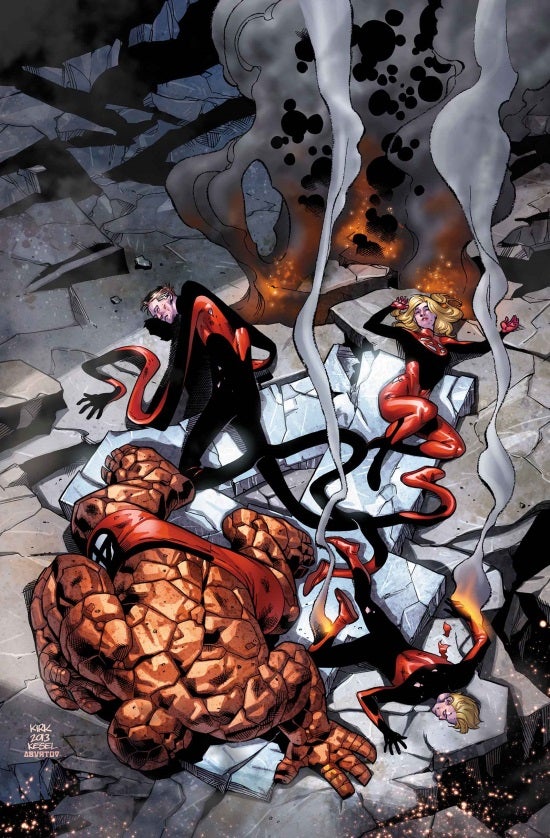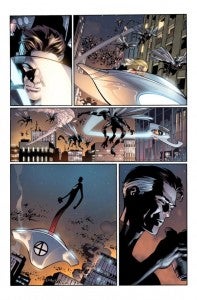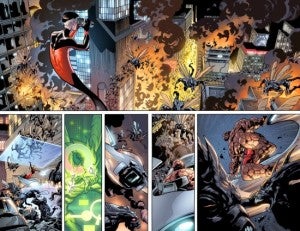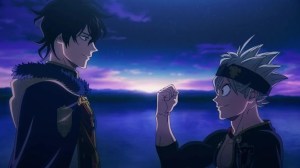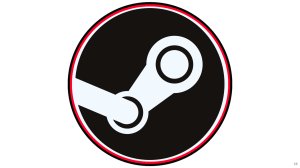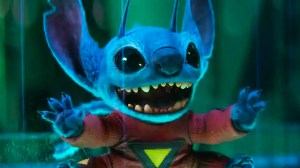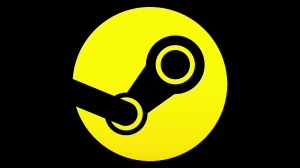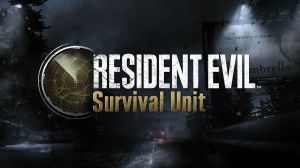“Promising but flawed” was how I described the first issue of writer James Robinson and artist Leonard Kirk’s run on Marvel’s flagship title Fantastic Four. Fortunately and unfortunately, that assessment can be applied to this issue as well.It’s a perfectly enjoyable read that continues to set up elements that one can feel will come into play as this run continues to play out. It’s also notable for being one of those issues that reminds the reader that the New York City of the Marvel Universe is essentially a superhero playground chockfull of brightly colored characters. The drawbacks come in some of the dialogue and characterization which may only be apparent to longtime readers of Fantastic Four.Before diving into the issue proper, I’d like to take a moment to give James Robinson credit for something that he did in issue one that I neglected to mention in that issue’s review. I always appreciate a writer who puts in little continuity nods and Easter eggs that don’t bog down stories but serve to give longtime readers a smile. He did so in issue one by referencing Marvel’s “Age of Monsters” in connection with Fin Fang Foom. If one isn’t aware, this is a reference to all of the monster comics Marvel used to put out before the resurgence of the superhero with Fantastic Four Volume One, #1 in 1961. Additionally, Reed Richards makes reference to a rumor that Fin Fang Foom worked as a “human-sized Buddhist fry cook,” which of course is a nod to the very enjoyable humor comic “Fin Fang Four.” My only criticism here is that part of me always hoped that the Fin Fang Four was by some miracle in-continuity and would eventually be revealed to be so. Oh well, makes a great gag anyway!Getting to the book, I’m going to start with a brief synopsis and then jump into the review so…
Videos by ComicBook.com
- Give the Johnny Storm, the Human Torch more space to demonstrate his character and add weight and depth to the loss of his powers. Perhaps some panels could have been added with interior monologue as he prepared to deploy Reed’s device. Perhaps we could have seen him in some sort of physical pain immediately following its deployment.
- Show Doctor Doom making French toast.
I would just like to end this section by making a general comment about fights in superhero comics these days. It seems that rather than depicting an actual exchange of blows and powers, modern comics are content to settle for large panels and splash pages showing discrete moments in a fight. Here we had guest heroes punching the bad guys so this is less of a problem as there wasn’t really space to depict a protracted altercation and it didn’t really have the focus on a single character or small group that would allow for that kind of detail, but it’s still something I would have liked to see. Consider this more of a general note for the future. It is nice to see actual fight choreography and it seems to me that it rarely happens these days. Showing a snapshot(s) all of the characters in action or that one epic finishing punch is great, but I want to be drawn in to the larger confrontation and see how it actually plays out.Conclusion:It feels as though we are still in setup mode here but there is still a lot of promise. As we move forward, I have hopes that Robinson will find the characters’ voices more surely and that the plot points he is establishing here will pay off to great effect. Kirk’s art and Aburtov’s coloring have been great, and I’m definitely looking forward to more from them. This was a largely satisfying issue with a defined arc and it was a worthwhile read. While this arc has not yet reached “fantastic” levels, it’s still a very good one with some great ideas in play. More please!


